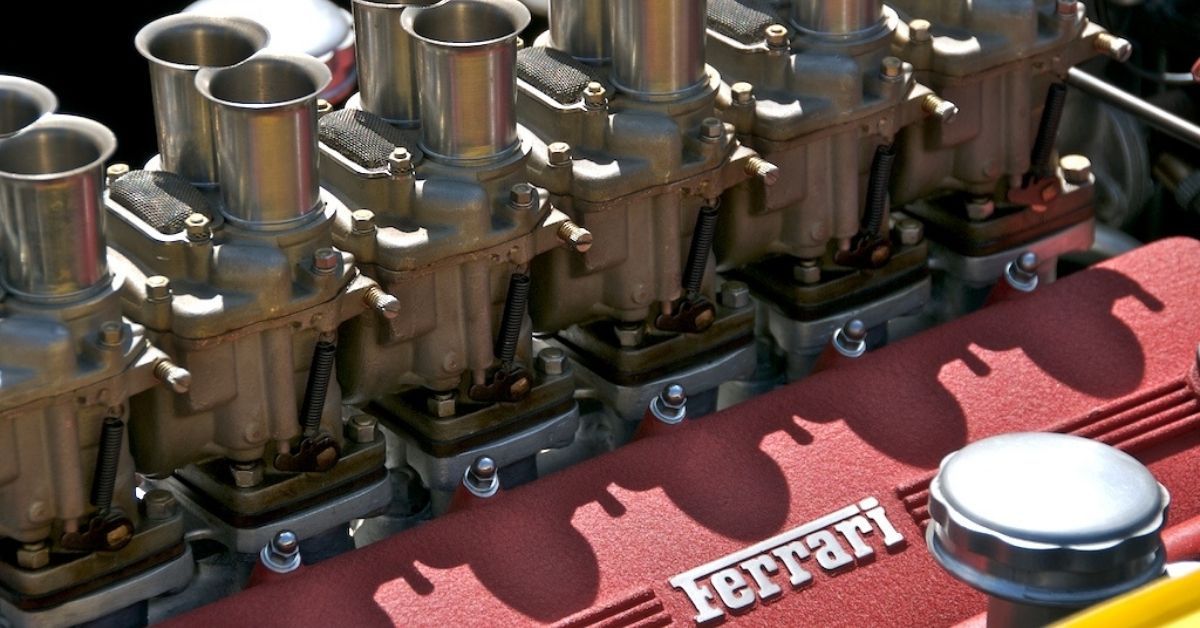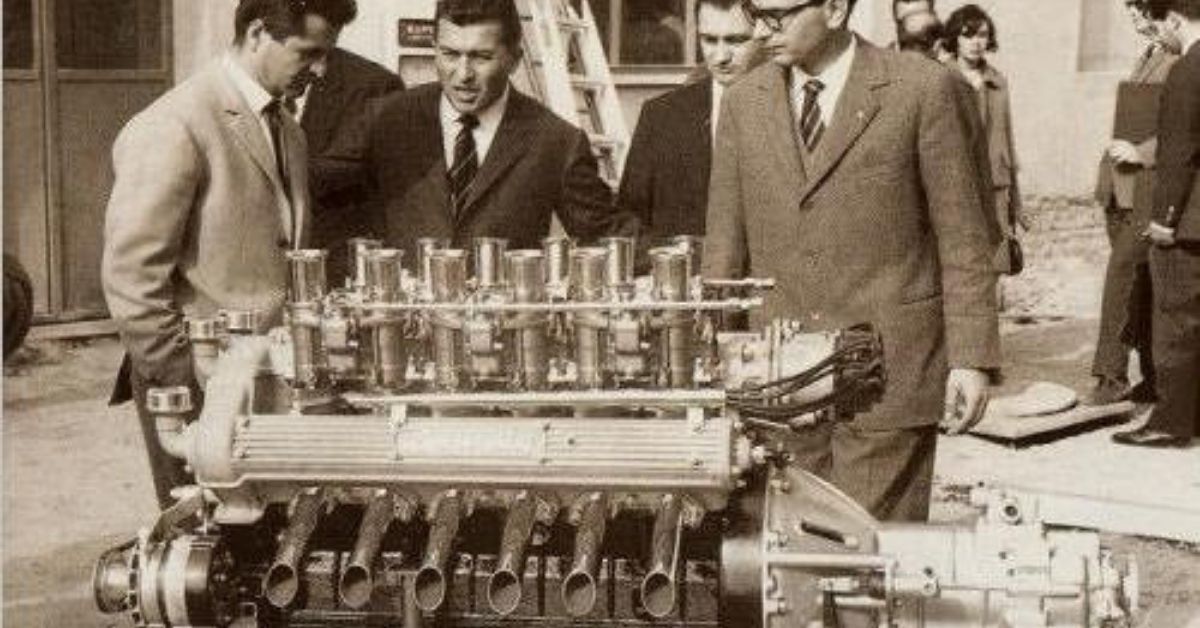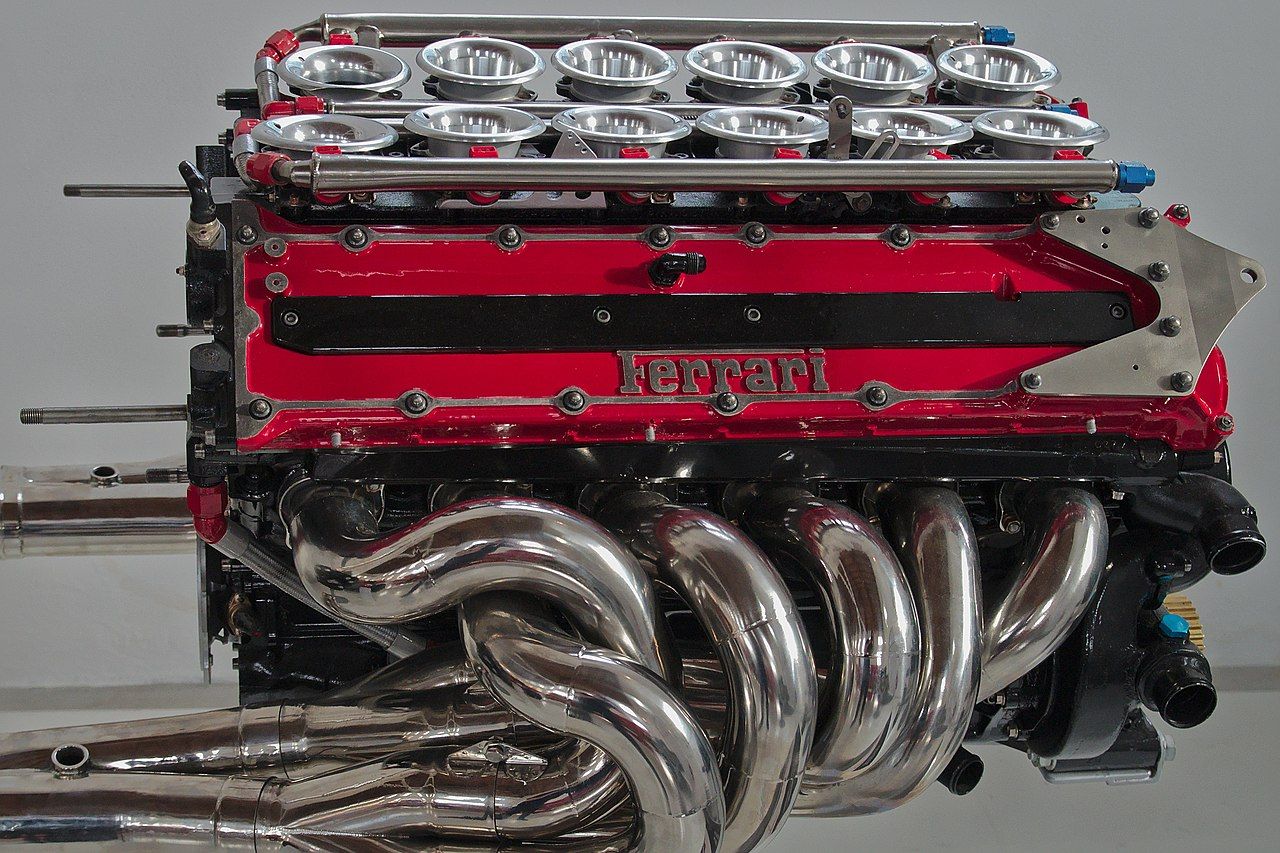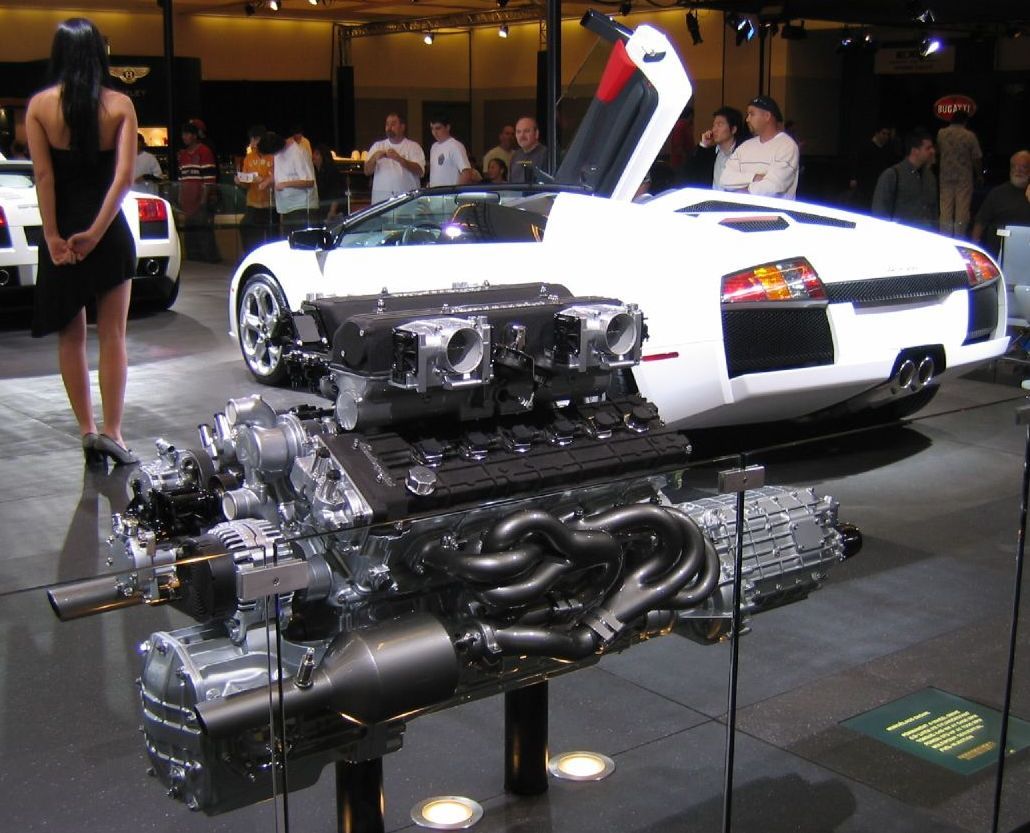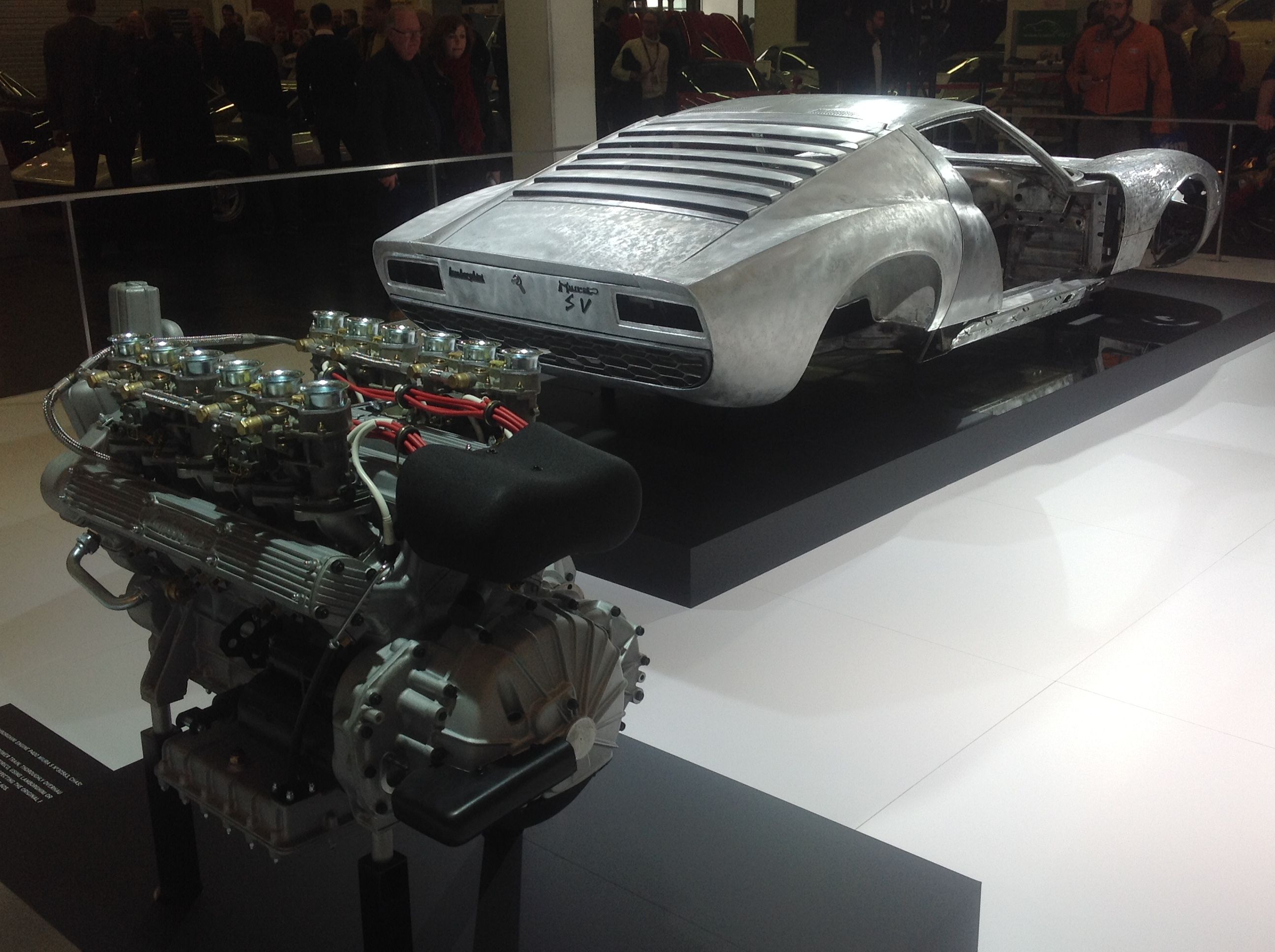The 60-degree V12 engine has been the go-to option for supercar manufacturers like Lamborghini and Ferrari for decades. The V12 proved itself worthy with all of the power it provided. But the raw power isn’t everything: unmatchable reliability and smoothness are two of the main advantages of the V12 layout that make it the perfect engine design for supercars.
Sadly, the roaring sound of the V12 is coming to an end. With all that electrified and computerized technology taking the pace of raw mechanical power, a new era of supercars is awaiting the automotive world. Even companies like Lamborghini have been preparing themselves to put the V12 engine design to rest and move on to a world in which electricity replaces petrol.
Still, there is no denying that the V12 stood its ground perfectly against the test of time. The lore for the V12 might come to an end a little bit sooner than we expected (or wanted), but the legacy of the pinnacle of mechanical engineering will always live in our hearts.
History Of The V12 Engine Layout
The V12 engine was initially manufactured for racing boats in 1904. Thanks to its unmatchable performance, the V12 quickly found its way to the luxury automobile industry, aircraft, and tanks. And later on, V12s was recognized for their outstanding performance in sports cars and Formula 1 racing.
In the world of automobiles, the V12 was associated with its smooth ride and performance. Before WWII, American car manufacturers, like Cadillac and Franklin, and Rolls-Royce were producing V12s. The first V12 production car was Packard’s 1912 “double Six” luxury model.
Not long after, companies like Ferrari, Lamborghini, and Jaguar started manufacturing V12 engines exclusively for their higher-end sports car models. In the 90s, other companies like Mercedes and BMW introduced their V12 engines to the market. BMW and Mercedes also used their engines in Maybach and Rolls-Royce luxury car models, respectively. Aston Martin joined the party in 1999 with their V12 DB7 Vantage.
From the 60s to the late 80s, V12 engines were popular choices in Formula One races. Companies like Ferrari, Honda, Maserati, Alfa Romeo, and Lamborghini used V12s for their F1 race cars. Not only were the V12s more powerful, but they also had a lot of endurance and could hold themselves up against a lot of stress.
During that time, Ford would introduce their performance V8 F1 car with a better power-to-weight ratio than V12 competitors. But later on in the 90s, Renault’s V10 layout proved itself superior to both the V12 and V10 engines. After Ferrari’s last V12 F1 car (the 044), the V12 structure finally retired from auto racing in 1995.
Lamborghini’s first sixty-degree V12 engine, manufactured in the 60s, was so successful that it survived for almost fifty years. Models as recent as the Murciélago used upgraded versions of the same V12 design in the 1964 Lamborghini 350GT. Lamborghini redesigned the V12 for the Aventador.
After a decade of the Aventador, Lamborghini is saying goodbye not only to the car but to its V12 engine lineup. The Lamborghini Aventador L780-4 Ultimae is the last naturally-aspirated V12 Lamborghini.
Balanced Power Delivered Smoothly
The reasons for the V12 to be this bold in the car industry aren’t weak. The V12 proved to be a reliable layout that could provide immense power while delivering a smooth ride.
A V12 operates similarly to a straight-six engine, which is known for its perfect engine balance. It is possible to get the ideal balance in a V12 by using the correct V angle (sixty degrees). A “balanced” engine means the power is appropriately distributed to different regions in a car, which results in minimal vibration.
But smoothness isn’t everything. V12s are capable of outputting more power compared to V10s and V8s with the same engine capacity. To elaborate with an example, a 5.0 L V12 produces more power than a V8 with the same capacity because the moving parts in a V12 are smaller and have less reciprocating mass. Having smaller moving parts means the engine can rev stronger and output more power. In simpler words, the pressure to move the cylinders released from burning fuel is more intense in a V12.
The Sweet Spot Of Engine Design
In engine manufacturing, V12s hit the sweet spot. A V12, in its essence, is two six-cylinder engines operating simultaneously. As discussed, a sixty-degree (correct V angle) V12 can produce a perfect engine balance, resulting in minimal vibrations. And its relatively smaller moving parts make it more powerful than a V8 of the same capacity.
But if you up the number of cylinders to 14 and form a V14, you’ll lose a lot of engine balance. Any odd number of engines lined up together to work on the same crankshaft can result in an out-of-balance engine. In other words, a V14 would work as two seven-cylinder engines, and to smooth out the engine vibrations for such an engine would require a lot of extra work.
Going for a V16 might solve the engine balance issue since you’d be dealing with two eight-cylinders working on the same crankshaft. But building such a complex engine requires a lot of extra work, time, and money. A six-cylinder engine is the smallest engine that gives you perfect primary and secondary engine balance. Add a pair of them to the same crankshaft, and you’ll have the sweet spot of engine design; a V12.
V12’s Legacy
The V12 might be inhaling its last naturally-aspirated breaths. It soon might even get thoroughly replaced by electric motors in supercars. As saddening as it is to say goodbye to the V12 roars, its legacy as the pinnacle of mechanical engineering in the automotive world will live on for generations to come.

